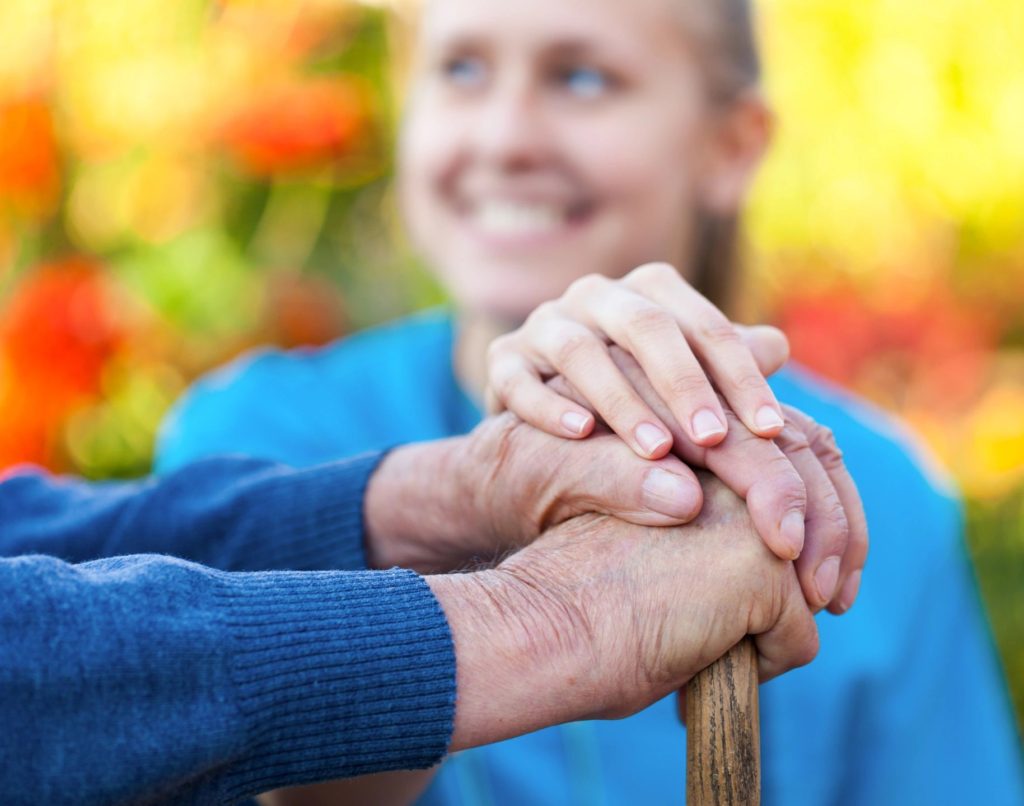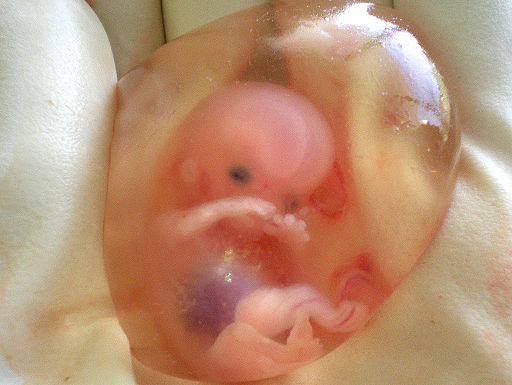Is it easy to see that in the near future the right to choose to die will be recognized the same way we recognize the right to freedom of speech or the right to choose our religion?
Look around us. When a person reaches old age and has been suffering for years from age-related conditions, he or she will realized that money to support medical needs and hospital services has made dying a complex process. While ages ago, a lot of people die due to diseases that were unknown to medical science and impossible to treat given the limited medical technology back then, modern medical changes have allowed us to extend life.
All these changes have made possible what most people want in the first place: to keep their loved ones from dying for as long as medicine, science and their finances can afford while the patient still shows a reasonable chance of recovering.
However, for others whose illnesses show no sign of recovery, when the fight seems so long and no longer worth it, patients and their equally suffering family members feel that their wish to shorten the agony is ignored. Medical professionals and religious circles staunchly oppose their wish as they start citing legal and moral issues.
The question is, until when should we stand on the side of protecting and defending life?
The Terri Schiavo Case
Remember the life and death tug-of-war of Theresa Marie “Terri” Schiavo? She was the woman from St. Petersburg, Florida, who in 1990 had a cardiac arrest that caused catastrophic brain damage accompanied by respiratory failure and seizures. This left her in a persistent vegetative state (PVS) with no hope of recovery. Her husband and legal guardian Michael Schiavo filed a petition to stop her life support in 1998. It fired a long debate over legal guardianship, bioethics, civil rights, euthanasia, and federalism that raised conflicting views — to keep her alive or let her die. She passed away in 2005, 15 years later, after a long battle of opposing public and legal opinions that involved a lot of appeals, motions, petitions and hearings that had the feeding tube removed and re-inserted multiple times.
Up until the end, her parents fought against this decision and thought that while she was lying motionless, she was aware of what was going on around her, silent but responsive. They believed she could still recover and that she still had the right to live. This was later proven impossible through the biopsy she underwent after her death that showed how her brain had withered to half the size of a healthy, normal person.
The Peirgiorgio Case
Another controversial case was about Piergiorgio Welby who battled muscular dystrophy and paralysis for 40 years. He begged president Giorgio Napolitano to allow doctors to remove him from his respirator and sedate him to ease his pain until he dies. Through a computer that reads his eye movements, he said:
I love life, Mr. President. Life is the woman who loves you, the wind through your hair, the sun on your face, an evening stroll with a friend. Life is also a woman who leaves you, a rainy day, a friend who deceives you. I am neither melancholic nor manic-depressive. I find the idea of dying horrible. But what is left to me is no longer a life.
He was on life support since 1997 and got what he wanted when it was unplugged in 2006 in “full respect of his rights, the law and the constitution.” This was done in spite of risks that the doctor might face charges .
Other cases
There are hundreds of other cases like these such as that of Christine Busalacchi, and Nancy Cruzan.
The Questions
There are only very few countries that legalize euthanasia, otherwise called doctor-assisted suicide. But what happens when these predicaments occur in countries where euthanasia is considered illegal and the Church strongly forbids it? Is it right for the government and any religious organization to prolong a patient’s life by artificial means even if the desire to live is gone?
Euthanasia is a process of helping a terminally ill person to die to relieve them of their pain. However, therein lay issues and questions that one has to address, such as:
- Under what circumstances can “mercy killing” be justifiable, if at all? Are we at the moral borderline of murdering someone and letting the patient die?
- How do you determine whether a life is still worth living for or not? When the situation is unbearable, what conditions should be considered? Is it too much pain, a terminal disease? How about the feeling of helplessness in the case of severe disabilities? Many people seek euthanasia because of psychological factors such as the fear of loss of dignity or control, the feeling of being a burden to family and the people who care for them, the hatred of being dependent on others and depression.
- In cases when the patient could no longer talk or decide coherently, should the family members, who are left behind, decide for the patients? How about the doctors or the government?
- Is euthanasia an act of kindness for the sick or a crime that violates the Hippocratic Oath?
- Are we about to give patients a control over the manner and timing of their death or can it easily be an excuse for the act of neglect for the poor, the old, and the disabled? If the continued life support financially and emotionally burdens the family members of the patient, does it become a duty to die?
- What alternatives do we have when the faithful believe that death should be left to Him who provides us life?
Perhaps right now we are focusing more on other social issues of whether we should allow trans-genders to join Miss Universe, legalize gay marriage or abortion. But when we are faced with cases like Schiavo’s and Welby’s, the questions once again lay flat on our face: why do we want to save criminals from death penalties but hate ending the suffering of a good person? Why is it that when a person wants to die peacefully and painlessly, it becomes wrong? What happened to “free will” and “freedom of choice”?
We may want to ask ourselves.


